2017 Land Cruiser: Conquering the Elements and Colorado Mountains
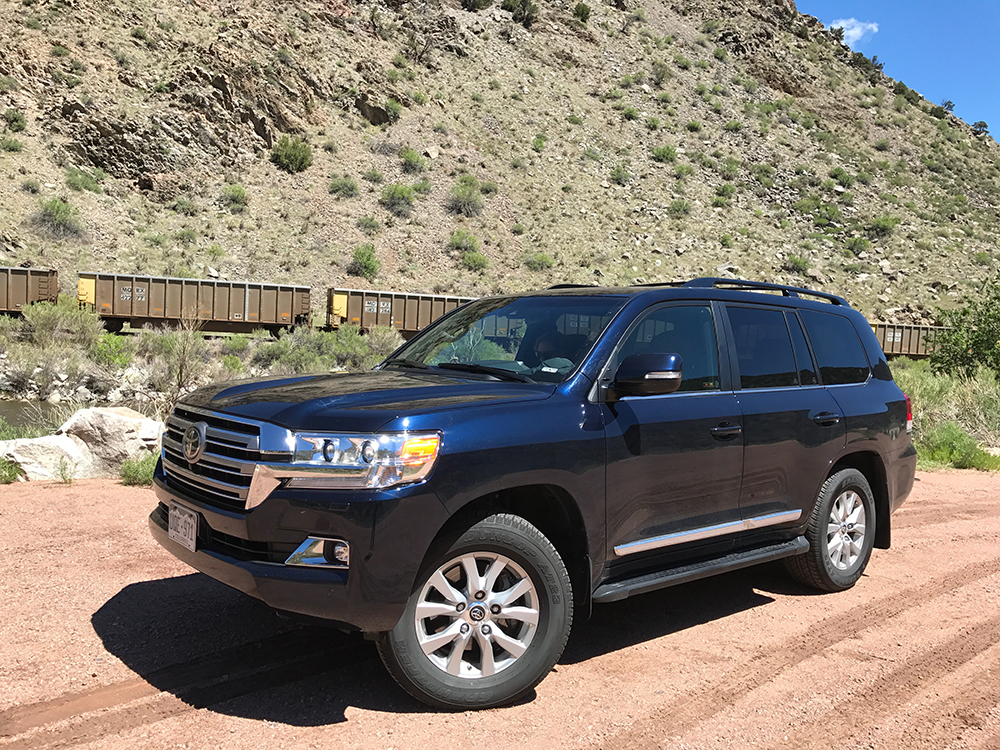
We put Toyota’s newest star to the test and through rough weather and tough terrain. Here’s how the unstoppable Land Cruiser met the challenge…
On the eve of leaving for a thousand-mile journey through the Colorado mountains, the spring forecast changed suddenly with light snow, rain, and winds causing considerable concern. Faced with the weather, the length of the journey and the terrain, the 2017 Toyota Land Cruiser was going to be put to the test. It didn’t miss a beat.
The Land Cruiser is the longest-running nameplate Toyota offers. It predates both the Camry and Corolla and is known worldwide as one of the most reliable and capable vehicles offered anywhere. After a week behind the wheel, it is easy to see why.
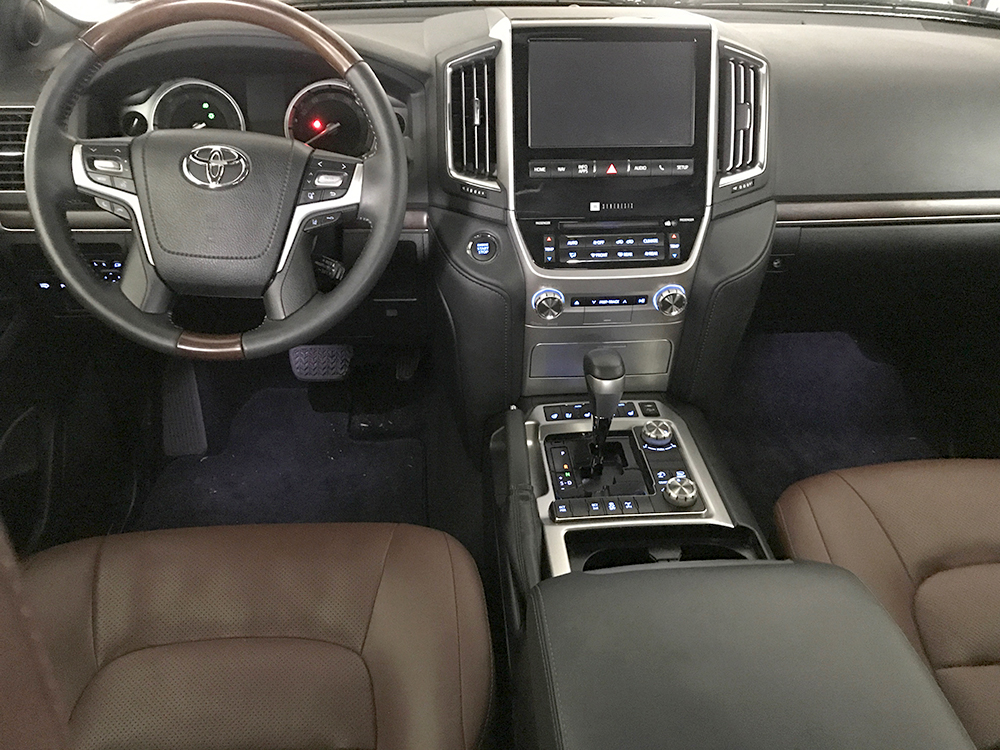
While the Land Cruiser was first introduced to be a Jeep competitor in 1951, today’s version is more like a larger version of a Grand Cherokee than a Wrangler. Gone are the small frame, convertible, hard top, and more from the early years. Instead, you will find a much different vehicle.
Competitors like the Yukon or Escalade feel like a bucking horse on takeoff, but the Land Cruiser handles the throttle input much more smoothly and is well-balanced even with its large size.
These days it is much taller, wider, and longer with a third row big enough for adults. The exterior puts forth a large and dominating image of an off-road SUV while inside it is filled with luxury features blurring the differences between it and its cousin, the Lexus LX 570.
This interior is roomy, comfortable, and is well suited for a family road trip with rear-seat DVD players, a cooler box to keep snacks cold, and ample storage room.
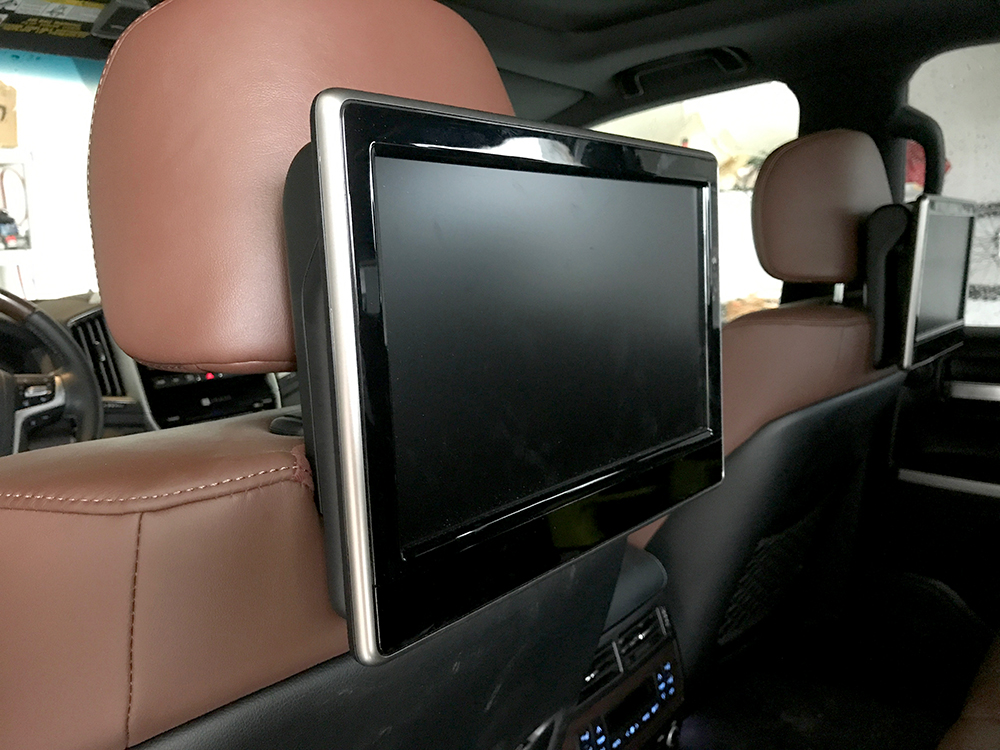
It is also a great option for the driver as well with road fatigue minimized with a commanding sitting position and a bevy of Toyota safety features available, like adaptive cruise control, blind-spot monitoring, and lane departure alert. Also, the 5.7L V8 gives the driver considerable confidence with 387 HP and 401 lb-ft of torque mated to an 8-speed transmission.
However, be ready to pay for it with our test model coming in at $86,722 with less than a thousand dollars of options.
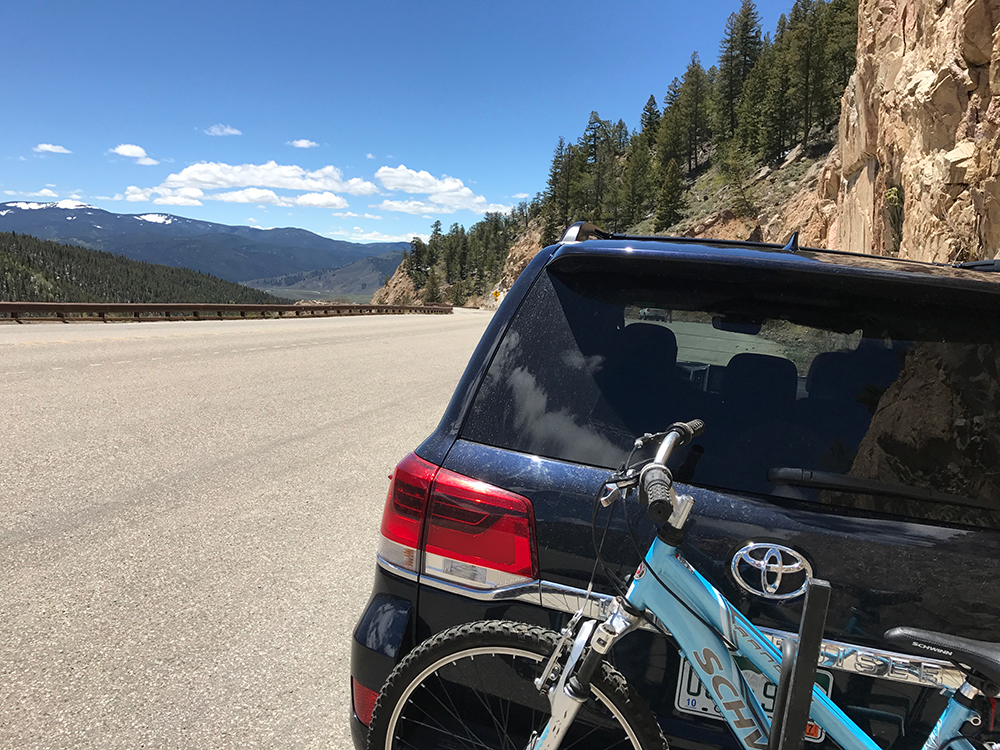
This large SUV seems like an unlikely off-road machine yet it is filled with the best of Toyota’s off-road equipment. Crawl Control, Kinetic Dynamic Suspension System, A-TRAC, multi-terrain select, locking limited-slip center differential, and hill-start assist are standard. It can quite literally climb the side of a mountain.
The downside to this power and the off-road capability is fuel economy. While the use of an 8-speed transmission (prior models have a 6-speed) could have helped in this regard, instead Toyota set up the transmission to provide smoother takeoffs and better towing. It still returns the same 13/18/15 city/highway/combined fuel economy of its predecessor.
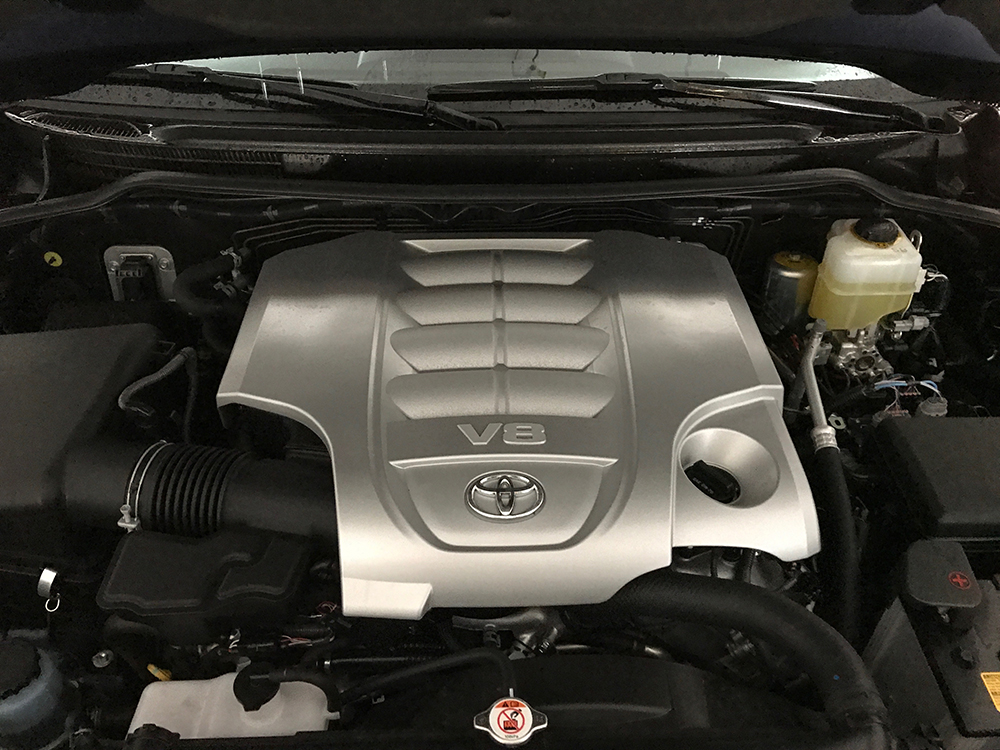
The fuel economy may be a bummer but the driving experience is surely not. Even though SUVs have gotten larger over the past few years, the Land Cruiser still bests most of them in feeling large and in charge on the road. Yet, it isn’t a hulking beast of a rig with terrible driving qualities.
Sure, it isn’t going to be the vehicle of choice for an F1 race but it isn’t as unwieldy as you’d imagine. The SUV responds well to steering wheel inputs and is pretty smooth over rough paved roads as well as on dirt. It turns easily and body roll is prevalent yet not unbearable. Finally, it is pretty well balanced from a dead start with the length and 5,815 lbs of curb weight helping offset the powerful engine. Whereas competitors like the GMC Yukon or Cadillac Escalade feel like a bucking horse on takeoff, with the front end lifting significantly, the Land Cruiser handles the throttle input much more smoothly. Simply put, it is a well-balanced SUV even with its large size.
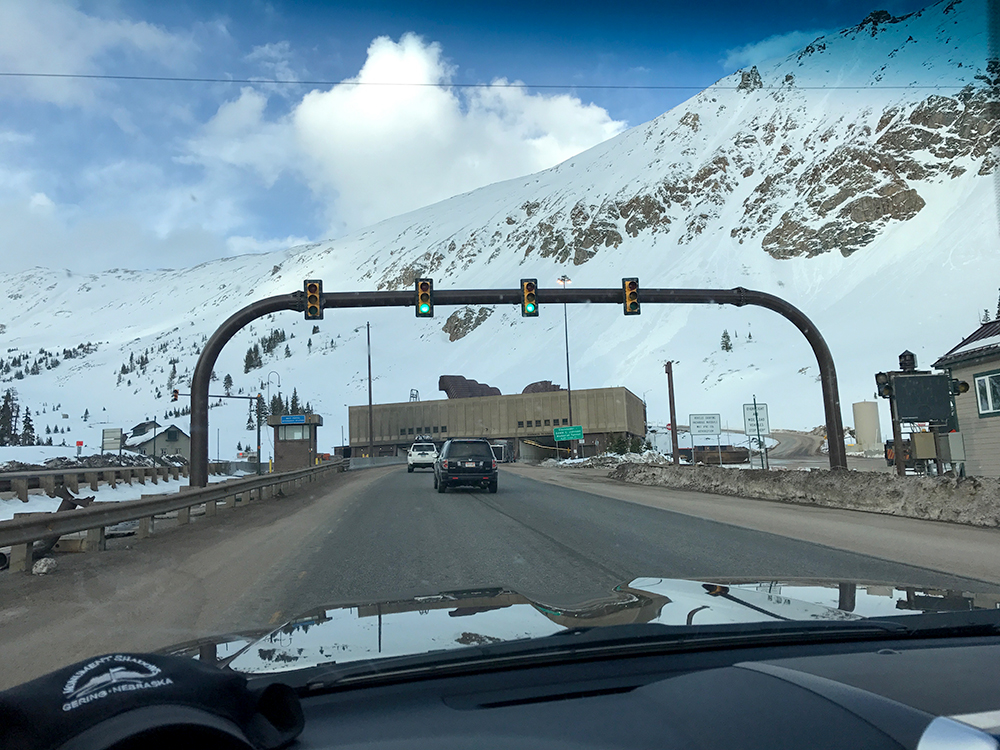
After driving through light snow, rain, and high winds, none of which fazed the Land Cruiser, we drove deeper into Colorado along the various canyons winding along Route 50. This lead us to the western slope of Colorado, and the following day we returned back through I-70, including over the well-known Eisenhower Tunnel. The dual-bore, four-lane tunnel is 60 miles west of Denver and has a maximum elevation of 11,158 ft. It is the longest mountain tunnel and highest point on our interstate system. With already many hours behind the wheel, ascending over the tunnel weighed on our mind as prior experience reminded us that it can be sunny on one side and a blizzard on the other. Up and over, the Land Cruiser handled the climb with little fanfare besides a stray slow car causing concerns.
After four days, 1,000-plus miles and crossing over a variety of terrains,
the Land Cruiser got top marks from everyone.
Driving down the mountain and into Denver, we put the brakes and cruise control to the test. Along this road, there are many turn-off places to cool brakes due to the elevation drop and speed of descent. Like the rest of the journey, the Land Cruiser gave us no concerns and the various movies we brought kept the children well behaved.
The following day, we made the final three-hour trek across the Colorado countryside to return home. After four days, 1,000-plus miles and crossing over a variety of road surfaces and terrains, the Land Cruiser got top marks from everyone. As we finished unloading, it was surprising how little fatigue we had and how we all could have road tripped some more.
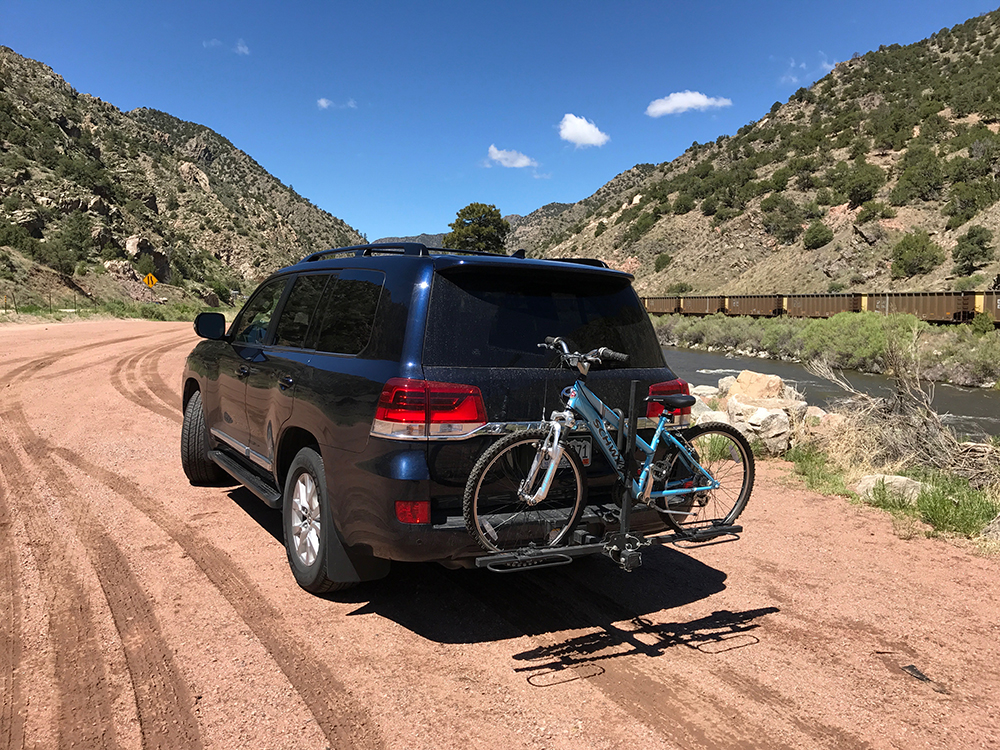
While the size and styling certainly have changed over the years, the final point about not feeling beat up by the road is likely the largest change ever. The latest edition of the Land Cruiser truly is that — a cruiser. It is hard to find a more capable or comfortable SUV on the market especially with Toyota’s legendary reliability.
